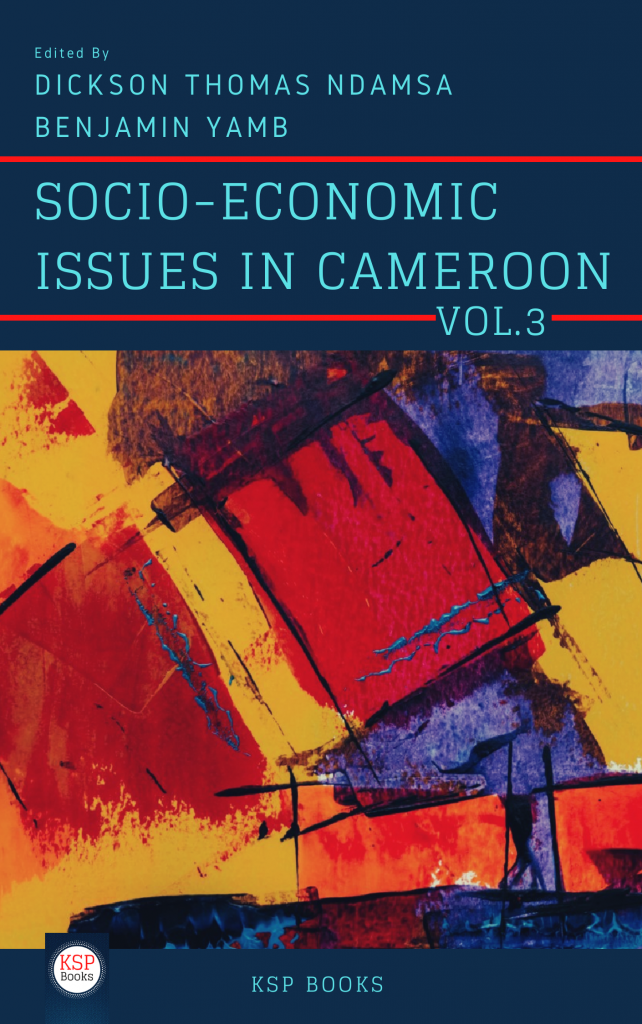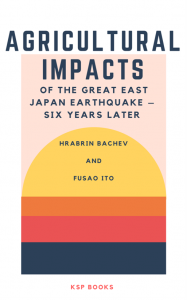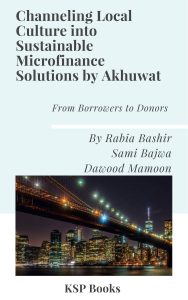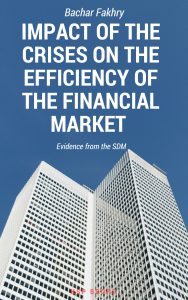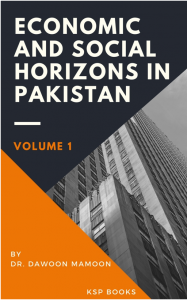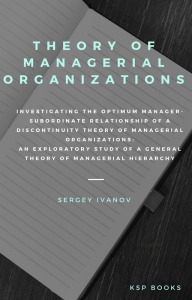Synopsis
Ch.1) Child mortality is an important demographic, health, and development. It is for this reason therefore that the reduction in child mortality is a worldwide target, and was one of the most important key indicators in the Sustainable Development Goals and has been reconsidered as vital in the recent Millennium Development Goals. Following this, this paper attempt to assess the drivers of child mortality in Cameroon using the 2011 Cameroon Demographic Health Survey data collected by the National Institute of Statistics (NIS).To assess the effect of safe drinking water on child mortality in Cameroon. Specifically, the study scrutinises: (a) the effect of safe drinking water on child mortality (b) the effects of the number of bed nets in a household, (c) the effects of the number of births in the past years on child mortality. To attain these objectives, we employ a probit model as the dependent variable, child mortality, is dichotomous in nature. Among the several results, the data revealed that, (a) access to safe drinking water reduces the chances of a child dying, (b) the number of bed nets in the household is important in reducing child mortality and (c) the fewer the number of births in the past year, the lesser the number of children a woman will loss during pregnancy and child birth. This has policy implication if child mortality must be reduced.
(Ch.2) Commercial agriculture is one of the fundamental catalysts for socio economic development and spatial transformations of space. Oil palm production is amongst the activities carried out in Mamfe Sub-division and today it is perceived as the panacea to rural development even though unsatisfactory. The paper examines the production of oil palm and its contribution to rural development in Mamfe Sub-division. In order to attain this objective a systematic random sampling of 350 oil palm producing households from 8 villages in the Sub-division constituted the sample frame. Data collected from the field were treated and analyzed statistically with the use of cartographic soft-wares: CorelDraw12, MapInfo, Microsoft Excel and results were presented on tables, figures and photos. The main results are: Findings revealed that favorable ecological conditions in terms of sandy soils and temperatures that range between 26○C to 29○C, and rainfall that also oscillate from 1500 to 2000mm are pre-conditions for oil palm production. This is complemented with dynamics of energetic youthful population that ensure the survival of the activity in Mamfe. The second result demonstrates that there are two types of oil palm cultivated concentrated in zones according to species: improved specie (Tenera) and un-improved specie (Dura) these zones of segregation are easily noticed among the farmers of peasant populations of Mamfe Sub-division. Generally, the un-improve specie out-weighs the improved species of palms cultivated in the area. The third findings shows that the peasants derived much income from palms activity and this permit them to construct private residents, about 70% of the 350 oil palm farmers sampled own their own houses in which they live in and close to 60% of the peasants own block houses, send their children to school and their standard of living is improved owing to the provision of protein food. Local development in Mamfe Sub-division is reflected in the evolution of the activity based on villages’ development. The fourth and last results depicts that the contribution of oil palm production to socio economic development is unsatisfactory because it is plague by several problems amongst which include, neglect by elites, inadequate capital etc. The temporal closure of the lone oil palm cooperative; MOPCOOP due to succession crisis is partly responsible for the unsatisfactory oil palm production and socio economic development in Mamfe Sub-division. This article proposes the reinstatement of MOPCOOP amongst other measures; this structure is considered as a corner-stone to the development of the sub-sector.
(Ch.3) The emergence of millennium development goal was to reshape Cameroon economic development in all its scales. The Socio-economic development defined by the goal was considered categorical imperative to the nation building. To attain this socio-economic development, Cameroon arm itself to absorb the economic challenges of balancing its inputs and outputs, good governance, the control of its demography which can have serious consequences, health, insalubrity in the big cities of Douala and Yaoundé, industrial pollution and many others problems causing many diseases.
(Ch.4) This chapter is aimed at investigating the contributions of socio-economic factors in accounting for urban-rural health inequalities in Cameroon. Specifically, it sought to construct and compare a composite index of health endowments in urban and rural Cameroon, to assess the urban-rural disparities in the effects of modern healthcare access on health endowments in Cameroon, and to evaluate the extent of the discrimination component in accounting for urban-rural health inequalities in Cameroon. The chapter used the most recent Cameroon household data survey (ECAM 4 individual) and employed the Oaxaca-Ransom (1994) decomposition technique to explain differences in healthcare between urban and rural areas in terms of urban advantage and rural disadvantage to socio-economic endowments. Our t-test results revealed that health endowments are better in urban areas compared to rural areas in Cameroon. Our findings also showed that the explained component accounts for 83.18% of the overall urban-rural health status inequality in Cameroon. Importantly, the unexplained component that constitutes the discrimination effect made up 16.18% of the total urban-rural health status differential out of which the rural disadvantage was greater (10.07%). Access to modern healthcare, secondary education, tertiary education, being female, age, age square, and being married contributed overwhelmingly in accounting for the explained component of the urban-rural health status inequality. Primary education was found to have a mitigating effect on this inequality. In terms of modern healthcare use, it was found that this component improved health endowments more in urban than rural areas in Cameroon. The research therefore recommends that policy emphasis should not only be on access to socio-economic endowments but focus more on promoting the use of socio-economic facilities and enhancing equity in returns to these endowments especially in favour of the rural areas.
(Ch.5) The unprecedented demographic growth coupled with the high rate of unemployment and underemployment has greatly influenced the consumption habit of the population in the North West section of Douala. Cassava consumption has become a highly consumed foodstuff by more than 98% of the population. This study examines the cassava economy and its valorization as a social livelihood by the population. It equally proposes valorization options of the cassava economy. Research methodology was based on pluridisciplinary and systemic approach; primary and secondary data were collected on the field and later treated. The results show the “how” and “why” the cassava economy has become a livelihood. The cultivable surface area, quantity imported and frequency of consumption and the socio-cultural reasons are all revealed. Very rich in carbohydrate, the cassava economy ensures the social welfare of the locals and contributes to the country’s GDP. A comprehensive adequate organization system would inevitably contribute to local development.
(Ch.6) Developing countries face a much more crippling burden of diseases especially regarding infectious diseases such as malaria and HIV/AIDS. Every year thousands of children die due to malaria and poverty in Cameroon. This study assess the causality that exists between malaria and poverty and the selectivity bias arising from health-productivity relationships. The research methodology entailed the use of the Three Stage Least Squares technique to show the link between malaria and poverty. A Mincerian wage equation (which consider malaria attack as an independent variable) was also estimated using the OLS method and the Heckman Maximum likelihood method with area of residence as the most valid instrument. The study makes use of data drawn from the third Cameroon Household Survey data of 2007 (ECAM3). The study found a bi-causality relationship between malaria and poverty. The findings show that malaria renders households poorer and rising household poverty level resulting from an increase in household expenditure raise the incidence of malaria attack on the household. On the relationship between malaria and labour productivity, the results reveal that, malaria leads to a substantial loss in labour productivity of household members. Thus, malaria leads to a drop in labour productivity and engenders poverty. The study concluded that poverty reduction strategies should incorporate those elements that touch the households directly. Implementing strategies that target households directly will reduce the prevalence of malaria and minimise its growing adverse effects on the economy.
(Ch.7) Floods are one of the most common urbanization problems of Cameroonian cities. The phenomenon has been treated for a long time through structural and technical measures. Each year this phenomenon causes disastrous material and human damages in the city of Douala. The magnitude of the impacts caused by the floods of June-July-August-September 2018 in the neighbourhoods of Douala such as Bobongo and Cité Berge, to name but a few, were beyond scientific explanations. This paper demonstrates spatial representations through the use of “mental maps” and inhabitants to appreciate and analyze vulnerable territories. Systematic fieldwork survey was adopted follow by administering of questionnaires, semi-structured interviews with a sample of 186 households. This was completed through statistical data collection techniques; GPS surveys and the use of GIS (ArcGis). The following results were obtained: Fundamental results is based on mental maps that shows the areas commonly known as the Lebanese bridge, the public school cemetery, the Jean Singulier crossroads, block 4, Ngoua bridge, the white house and the Bandre fam crossroads are considered to be densely populated are seriously affected. The spaces in question correspond to the transition zone between swampy lowlands and highland whose average altitudes are between 5 and 9m. Considering it geographical configuration makes it subjective to constant flooding that destroys properties and human lives are subjected to flood risk. This therefore, imposes on geographers to define complete paradigm shift, new methods, tools, perspective to tackle the problem of flooding. This paper uses mental maps as one of the new approach to flood risk assessment.
Contents
About the Editors
ISBN
978-605-7736-95-6
Date of Publication
June 15, 2020
File Size: 4541 KB
Length: xxvi + 179 pages
This work is licensed under a Creative Commons Attribution 4.0 International License.
